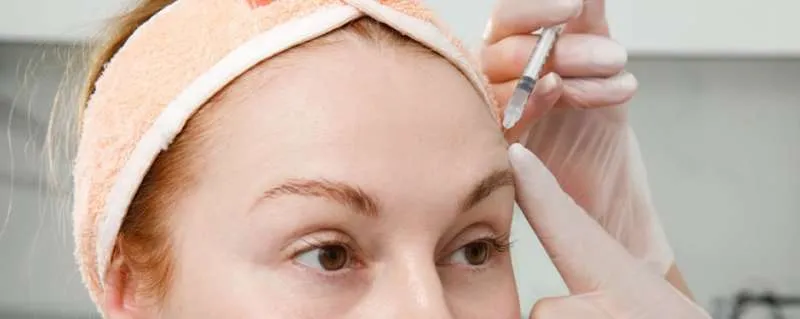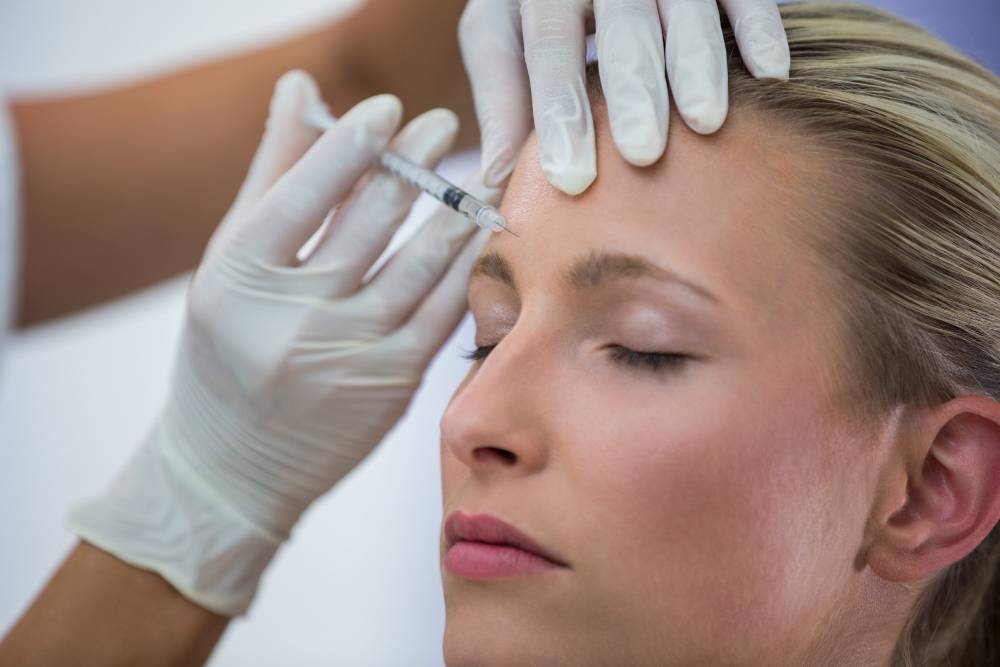Can You Travel After Botox? What You Need to Know
- 02-05-2025
- Travel
- collaborative post
- Photo Credit: Freepik
The question keeps popping up in treatment rooms and airport lounges alike: Can you hop on a plane after a few strategic needles? In short, yes, if you respect how the product behaves and how aircraft cabins work. The same logic applies whether you’re talking fillers or Botox injections.
Below, we will cut through marketing fluff to find clear, science-backed pointers so you can sync your travel plans with Botox injectable timelines and still land with a fresh, more youthful appearance. Think of it as smart timing plus disciplined habits and solid common sense.
Before You Pack: What Happens During a Botox Injection Treatment Session
Under your medical provider’s gloved hands, purified botulinum toxin is delivered in microdoses that interrupt the nerve signals commanding specific facial muscles to contract. With those impulses paused, dynamic wrinkles — thin forehead lines and crow's feet — soften while the surrounding skin stays natural. Because the technique is a non-surgical treatment, downtime is minimal, so you can literally walk out on your lunch break, but only if you give the medication its few hours to anchor.
“Botox is quick, but travel smart: stay upright 4–6 hours, avoid pressure on treated areas, and skip workouts or saunas that day; flying later is fine once swelling settles. When people read about Botox online at Meamo Shop, I remind them that timing, not distance, is what matters,” says the owner of Meamo Shop.
Timing Matters: When Scheduling Injections Before a Trip
Travellers often schedule receiving Botox injections the day before departure, only to discover that tight turnarounds create unnecessary risk. Ideally, leave two weeks between the clinic chair and any itinerary involving cabin pressure swings.
That window lets the full effects settle and gives your body time to metabolise any post-injection bruises. Your practitioner can suggest tweaks so you still achieve the best results without compromising your appearance.
Flying After Botox: Is It Really That Risky?
Flying after Botox gets blamed for everything from uneven brows to outright paralysis, yet peer-reviewed journals offer scant scientific proof. The plane cabin operates at lower air pressure than sea level, and rapid pressure changes occur during ascent and descent — realities that could, in theory, nudge fluid along tissue planes.
Because the toxin remains mobile for up to four hours, many clinicians advise a conservative gap to escape the risk. If you must fly after Botox sooner, make the segment short, sit upright, and lift nothing heavy. For long trips, flying after Botox should wait at least a day. Altered sleep, dehydration, and cabin strain can exaggerate swelling but seldom threaten results, provided you wait and hydrate.

Botox Affect and Cabin Dynamics: Separating Facts from Myths
Travel bloggers love dramatic headlines, but most false claims about the dreaded Botox effect stem from misunderstanding cabin physics:
- Air pressure changes influence gases more than liquids, so toxin spread in your body is minimal.
- The diluent’s viscosity resists random flow during modest strain.
- Standard pressurisation stays within safe clinical parameters.
Choosing a practitioner with ongoing training and meticulous injection skills protects you better than any neck pillow ever will.
Avoiding Botox Migration: Why Your First Few Hours Are Critical
Right after injection, the fluid sits in soft tissue to volumise the wrinkles like an unabsorbed drop of rain. Gravity, rubbing, and muscle action can encourage Botox migration — something you want to avoid. To stay safe:
- Skip flat naps;
- Avoid tight goggles that compress the orbital spectrum.
- Postpone facial massages in other areas.
- Keep upright during boarding and taxiing.
Facial Exercises: Helpful or Harmful After Botox?
Light facial exercises — subtle eyebrow raises, gentle smiles — can speed uptake, but exaggerated facial expressions in the first ten minutes should be restrained. Walk around the terminal if needed, yet save cardio for tomorrow and any genuinely strenuous activities for a whole day to keep skin calm.
Strenuous Exercise vs. Botox Results: What You Should Know
Skipping strenuous exercise for a solid day curbs vascular dilation that could redistribute product. Walking the concourse is fine if you monitor overhead-bin strain and avoid banging fresh sites. Hydrate and use cold compresses once you land, and your best possible results will hold steady.
The Four-Hour Rule: Why You Must Wait After Botox
Clinicians repeat one commandment: wait at least 4 hours before bending, lifting, or dozing horizontally. This pause slashes the risk of early shift during cabin strain. Set alarms at ten-minute, 2 and 4-hour marks to keep your hands off the treated area and your face in general and track any changes.
Long Haul Flight Warnings: Special Precautions for Extended Travel
A short commuter hop rarely troubles fresh Botox injectables, but an overnight flight of eight-plus hours raises distinct potential risks:
- Lower humidity draws moisture from the skin.
- Sitting exaggerates oedema;
- and repeated pressure changes stack minor stressors.
Hydrate, stand periodically, and request medical attention if pain or vision blur appears.
Striking the Balance: When Light Movement Is Better Than Complete Rest
Some patients attempt monk-like stillness after a treatment, while others hit the gym immediately after Botox. Moderate activity — slow strolls, neck rolls — supports lymphatic drainage without sudden heat spikes.
Dealing with Unexpected Reactions: When Medical Attention Is Needed
Bruising is normal, but genuine adverse effects are rare. Seek medical attention if you notice swallowing trouble, worsening redness despite medication, or drooping that persists beyond two weeks. Early action keeps problems small.
Planning Ahead: How to Time Your Botox Treatment for Best Results
A prudent timeline looks like this:
- Day -14 – complete your Botox treatment, drink water, and wait before makeup.
- Day -4 – analyse symmetry, book tweaks if rogue wrinkles appear.
- Day 0 – board confidently, knowing pressure changes pose minimal risk.
Real Stories vs. Hype: What People Say About Flying After Botox
Online forums are full of globetrotters getting Botox in Bangkok at 11 a.m. and surfing by sunset. Others tell horror tales about brows gone wild after receiving Botox injections, then sprinting to the gate. People who followed basic self-care — upright posture, no tight hats, limited alcohol — report no visible change in flight.
For travellers receiving injections during an overnight long-haul flight, the safest move is to stand for ten minutes: this routine equalises pressure, protects the Botox treatment, and keeps the follow-up injection you may schedule later on track — good advice for anyone getting Botox abroad. Respect the molecule, heed treatment guidelines, and your appearance will stay photo-ready wherever you land.
Conclusion
Flying soon after Botox injections is entirely feasible when you respect the physiology of the treatment and the predictable mechanics of air travel. Remember that this precision cosmetic treatment, while gentler than invasive surgery, still needs breathing room.
Manage remaining potential risks — rare diffusion, dry skin, transient puffiness — through timing, posture, and product pedigree. Ask whether your clinic relies on the Dkdermal source of Xeomin, insist on refrigerated vials, and confirm your medical provider’s technique for every additional injection.
One measured pause between Botox injections and wheels-up lets the serum lock firmly, letting cabin strain pass unnoticed. The treatment ends with a final injection, sometimes two, so honour the tiny punctures with care. Treat the procedure as an investment in future comfort, confidence, and the youthful appearance you’ve earned.


























































